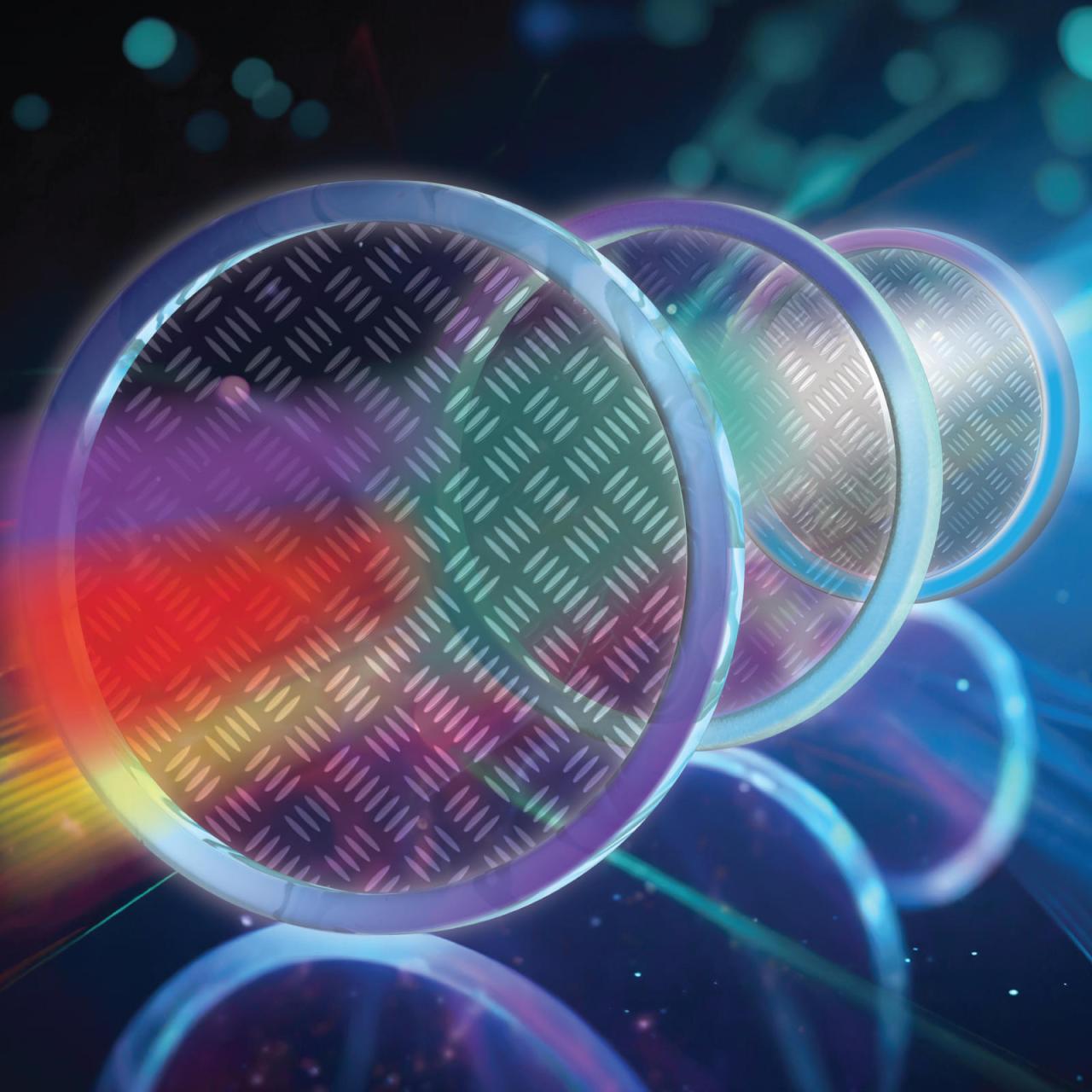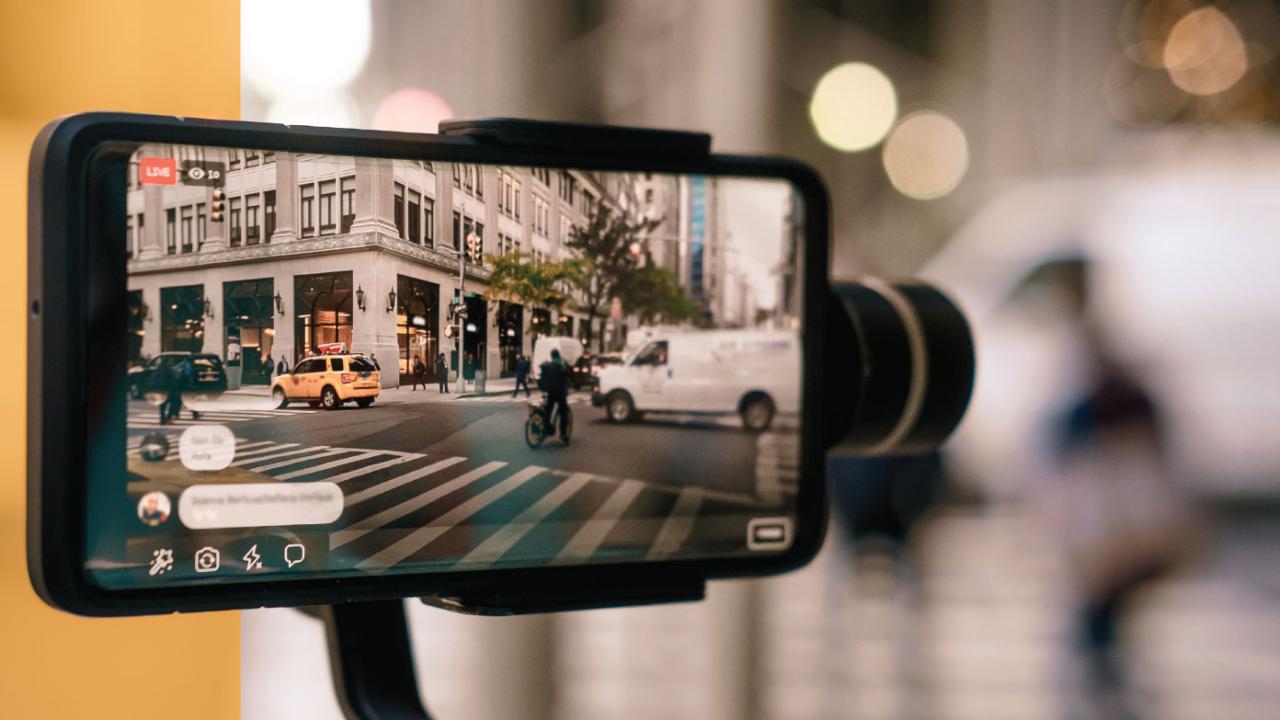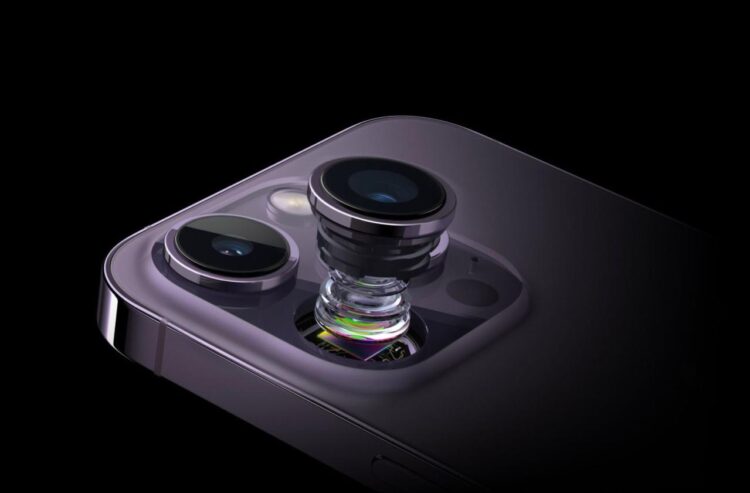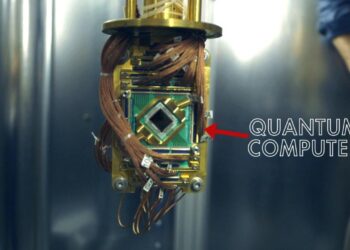The Next Era: Decoding Smartphone Camera Breakthroughs
The evolution of the smartphone camera has transformed mobile devices from simple communication tools into sophisticated, pocket-sized professional studios. What was once a grainy novelty is now a critical feature, often the deciding factor for consumers purchasing a new device. The pursuit of photographic excellence drives intense competition among tech giants, leading to continuous, groundbreaking innovations. The current technological leap is so significant that it defines The Next Imaging Revolution.
The focus is no longer solely on megapixel count but on computational photography, sensor architecture, and optical engineering. These newest breakthroughs are blurring the lines between professional DSLRs and mobile devices, offering users unprecedented creative control, low-light performance, and video capabilities. This dramatic advancement not only reshapes consumer photography but also impacts professional content creation, social media, and even specialized fields like medicine and security.
This extensive article will dissect the core technological advancements driving this revolution: the radical changes in sensor design, the magic of advanced computational algorithms, the emerging optical solutions, and the profound implications these changes have for users and the wider industry. Understanding these intricate details is key to grasping the trajectory of mobile technology and its high-value content potential.
The Revolution in Sensor Technology
The foundation of any exceptional camera lies in its sensor. Recent advancements have pushed the physical limits of these silicon chips, dramatically improving light capture and image fidelity.
1. Larger Sensors: Maximizing Light Capture
The industry has firmly adopted the principle that “size matters” when it comes to image sensors. Larger sensors capture more light, reduce noise, and create a more natural depth of field.
- One-Inch Type Sensors: Premium flagship phones are now adopting one-inch type sensors, historically found only in high-end compact cameras. This vastly increases the sensor’s surface area, allowing it to collect substantially more photons, which is crucial for superior low-light performance.
- Increased Pixel Size (Microns): While the overall megapixel count remains high, manufacturers are prioritizing larger individual pixels (measured in microns, ). Bigger pixels capture more light per unit area, resulting in cleaner images and improved dynamic range.
- Stacked Sensor Architecture: Newer designs utilize a stacked sensor architecture, separating the photodiodes (light-catching elements) from the processing circuitry onto different layers. This allows for faster data readout, reducing rolling shutter distortion and enabling high-speed bursts and advanced video modes.
2. Advanced Pixel Binnings and Merging
To optimize the trade-off between detail and low-light sensitivity, cameras use sophisticated techniques to group and merge data from multiple pixels.
- Quad-Pixel and Nonacell Arrays: Instead of a traditional Bayer filter, modern sensors use arrays like Quad-Pixel (4-in-1 binning) or Nonacell (9-in-1 binning). In low light, the data from these clustered pixels are combined into a single, large ‘super-pixel’, dramatically increasing light sensitivity at the cost of resolution.
- Adaptive Pixel Merging: The latest iteration of this technology allows the camera’s AI to dynamically choose the appropriate binning ratio (e.g., 4-in-1, 9-in-1, or no binning) based on lighting conditions, ensuring optimal image quality in every scenario.
- HDR and Double-Layer Transistor Pixels: Novel pixel designs, such as those employing double-layer transistor pixels, use two layers of transistors within the pixel structure. This technology significantly improves the sensor’s ability to handle scenes with extremely high contrast (High Dynamic Range or HDR) by reducing overexposure in bright areas.
 Computational Photography: The AI Revolution
Computational Photography: The AI Revolution
The most transformative breakthroughs are happening not in the glass or silicon, but in the software—the invisible computational algorithms that process the raw data.
1. AI-Driven Image Processing Pipeline
Modern smartphones use Artificial Intelligence (AI) and Machine Learning (ML) to intelligently enhance every aspect of the image capture process.
- Semantic Segmentation: Advanced AI can instantly identify and separate different elements within a scene (e.g., sky, skin, trees, buildings). This semantic segmentation allows the software to apply specialized, localized processing—sharpening textures only on buildings or applying a specific tone curve to human skin.
- AI-Powered Noise Reduction: Sophisticated ML models trained on millions of images can distinguish between actual detail and digital noise far more effectively than traditional algorithms. This results in significantly cleaner, sharper images, especially when shooting in extremely dark environments.
- Pro-Grade Portrait Modes: AI moves beyond simply blurring the background. It analyzes depth, hair strands, and edges to create highly convincing and complex depth-of-field effects (bokeh) that accurately mimic large-sensor professional cameras. The ability to realistically separate foreground and background is a key competitive frontier.
2. Advanced Fusion and Stacking Techniques
Computational photography relies heavily on fusing multiple frames captured in rapid succession into a single, superior image.
- Zero Shutter Lag (ZSL) and Burst Capture: The camera is constantly recording and buffering frames before the user presses the shutter. When the button is pressed, the camera combines the best pre- and post-shutter frames to guarantee the perfect moment is captured with zero delay.
- Multi-Exposure HDR Fusion: Instead of taking just three bracketed shots, modern cameras can take a dozen or more shots at varying exposures in milliseconds. AI then meticulously aligns and blends these exposures, ensuring perfect detail in both the brightest highlights and the darkest shadows.
- Deep Fusion for Texture and Detail: Algorithms like Apple’s Deep Fusion use ML to process an image pixel-by-pixel, fusing data from long, medium, and short exposures to bring out texture, tone, and fine detail that traditional single-frame processing misses, particularly in mid-to-low light.
3. Revolutionary Video Capabilities
The AI revolution is bringing cinematic-grade capabilities to mobile video recording.
- Cinematic Mode and Video Bokeh: These modes use computational depth mapping to apply a shallow depth of field to video in real-time. Critically, the AI can track subjects and rack focus—shifting focus seamlessly between subjects—a technique previously reserved for professional filmmaking equipment.
- Log and Pro-Res Video Formats: High-end phones now support professional-grade video codecs like Log (for maximum dynamic range and color grading flexibility) and Pro-Res (a high-quality, lightly compressed format), bridging the gap between mobile video and professional post-production workflows.
- Action/Stabilization Modes: Computational video stabilization analyzes footage frame by frame and intelligently crops and shifts the image to achieve hyper-smooth, gimbal-like stability without external hardware, allowing users to capture professional-looking action shots.
The Optical and Hardware Engineering Edge
Software is only as good as the data it receives. Innovations in lenses, stabilization, and focal length arrays are essential for hardware superiority.
1. Periscope and Folded Optics Telephoto Lenses
Achieving high optical zoom in a thin smartphone chassis requires a radical redesign of the traditional lens stack.
- Folded Optics (Periscope): Instead of stacking lenses vertically, the periscope system places the telephoto lens assembly horizontally inside the phone’s body, using a prism or mirror to bend light 90 degrees onto the sensor. This provides the necessary physical distance for 5x or 10x optical zoom without increasing the phone’s thickness.
- Continuous Optical Zoom: The newest innovation involves creating a zoom system where lens elements can move dynamically and continuously between different focal lengths (e.g., from 3x to 10x), mimicking a traditional optical zoom lens, rather than relying on discrete fixed-focal-length steps.
- Custom Aspherical Lens Elements: Manufacturers are increasingly using high-quality, custom-designed aspherical lenses (lenses with non-spherical profiles) to correct for distortions and aberrations, ensuring sharpness and clarity across the entire image frame.
2. Stabilization Technology: Eliminating Shake
Stability is paramount for sharp photos and smooth video, particularly in low light or with long telephoto lenses.
- Sensor-Shift Stabilization: Instead of moving the lens elements (OIS), Sensor-Shift Stabilization moves the entire image sensor to counteract camera movement. This technique offers more precise and comprehensive correction across multiple axes, improving stability for both photo and video capture.
- Hybrid Stabilization Systems: The best stabilization results come from combining three methods: Optical Image Stabilization (OIS) in the lens, Sensor-Shift Stabilization, and Electronic Image Stabilization (EIS) provided by computational algorithms, working together seamlessly.
- Micro-Gimbal Systems: Some niche devices have begun to incorporate tiny micro-gimbal systems directly into the camera module, offering mechanical movement and stabilization far superior to traditional OIS, though the technology remains challenging to integrate at scale.
3. Li-DAR and ToF Depth Sensing
Accurate depth information is crucial for AR, portrait mode, and fast autofocus (AF).
- LiDAR (Light Detection and Ranging) Scanners: Premium smartphones use LiDAR to instantly create highly accurate, detailed depth maps of the scene. LiDAR speeds up autofocus dramatically in low light and provides the precise data needed for professional-grade Augmented Reality (AR) experiences.
- Time-of-Flight (ToF) Sensors: These sensors emit an infrared signal and measure the time it takes to bounce back. While less detailed than LiDAR, they offer quick, rough depth information crucial for faster autofocus and better background separation in real-time.
 The Impact and Future Trajectory
The Impact and Future Trajectory
These breakthroughs are not just incremental updates; they are reshaping photography, digital content creation, and the competitive landscape.
1. Reshaping Content Creation and Professional Use
The quality and capabilities of modern smartphone cameras are fundamentally changing the content economy.
- The Democratization of Professional Quality: High-quality video formats, advanced stabilization, and cinematic modes make it possible for nearly anyone to create broadcast-quality content for platforms like YouTube, TikTok, and independent filmmaking, massively lowering the barrier to entry.
- Mobile Journalism and Documentary: Journalists and field reporters can now capture high-stakes events and complex documentary footage with a pocket device that is far more discreet and readily available than traditional camera equipment.
- Integration with the Metaverse and AR: Enhanced 3D scanning (via LiDAR) and powerful computational hardware are necessary for next-generation Augmented Reality experiences and interaction with the emerging Metaverse. The smartphone camera is the window and the sensor for these immersive digital worlds.
2. The Competitive Landscape and Market Dynamics
The camera is the battleground where major smartphone manufacturers stake their claim to technological superiority.
- The Software vs. Hardware Duality: The leading phones often demonstrate that superior software (AI processing) can compensate for minor hardware differences. The race is split between those focusing on massive sensors (Hardware) and those focusing on brilliant AI (Software), with the winner being the one who optimizes both.
- Co-Engineering with Optical Giants: Major phone makers are now partnering with established optical houses (e.g., Zeiss, Leica, Hasselblad) to co-engineer lens systems and color science. This collaboration lends credibility and improves the final image quality through decades of optical expertise.
- The Ecosystem Lock-in: Camera features, especially those tied to proprietary computational algorithms, create strong incentives for users to stay within a single brand’s ecosystem, increasing customer loyalty and market control.
3. The Next Frontier: Computational Optics and Light Field Photography
The future of smartphone imaging will move toward even more radical concepts.
- Computational Optics: This involves designing the lens itself to intentionally introduce aberrations, which are then perfectly corrected by software. This allows for simpler, smaller, and cheaper lens stacks while achieving better image quality than complex, heavy glass elements.
- Light Field Photography (Pleinoptic): Future cameras might capture not just the intensity of light but also the direction of every light ray. This would allow the user to refocus the image or change the depth of field after the photo has been taken, offering unprecedented post-capture flexibility.
- Micro-Lenses and Meta-Surfaces: Researchers are developing ultra-thin lenses using meta-surfaces—nanoscale structures that manipulate light. This could one day eliminate thick glass lenses entirely, leading to wafer-thin camera modules with superior light-gathering capabilities.
The pace of innovation in smartphone cameras shows no sign of slowing. From the fundamental physics of the sensor to the high-level intelligence of the AI, every component is undergoing a revolution. The newest breakthroughs confirm that the smartphone is not just capable of taking great pictures; it is creating an entirely new, sophisticated, and accessible photographic medium, cementing its status as the most important camera in human history.












